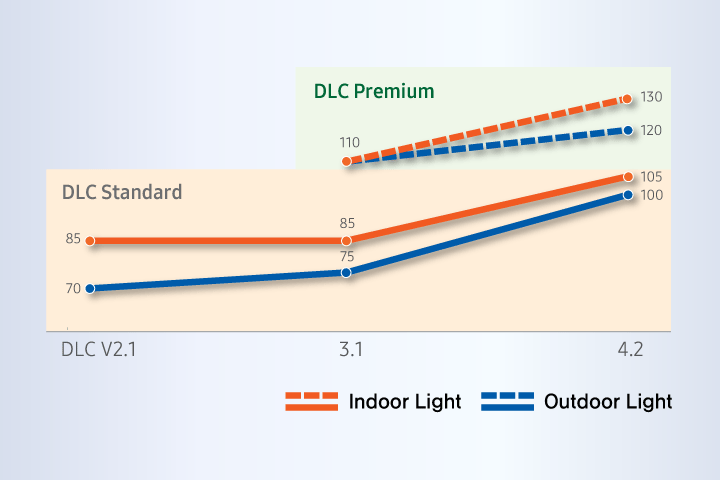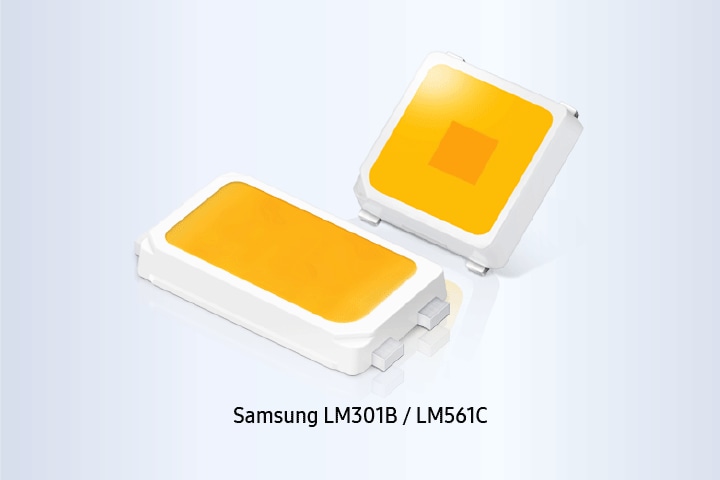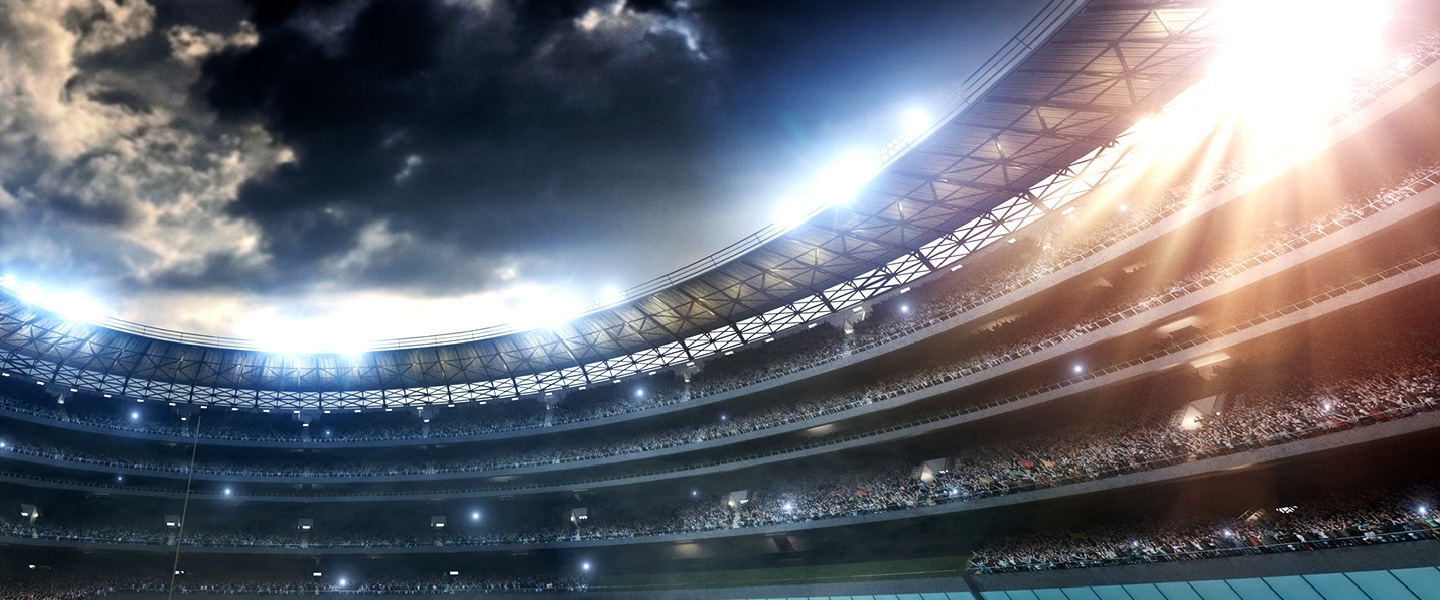With continuous advancement of LED technologies, the efficacy requirements of DesignLights Consortium (DLC) are becoming more demanding, but certification will increasingly become a key factor in determining product success.

DesignLights Consortium (DLC) Certification is an energy rebate program from the U.S. government designed to encourage the use of energy-efficient lighting products. From version 3.0, DLC introduced premium classifications to provide additional rebates on higher-performance products. The technical requirements have become stricter with each revision, and luminous efficiency has been no exception. In the latest release, version 4.2, linear ambient or high bay luminaires need at least 130 lm/W of luminous efficiency to be eligible for a premium rebate, which means that LED packages used in the luminaires should be even higher, at 180 lm/W or more, assuming 85 percent optic and drive efficiency. As LED technology develops, the demands for efficacy in successive revisions are likely to continue increasing. The LED Lighting Facts Program is a U.S. Department of Energy initiative to encourage LED lighting manufacturers to provide product performance information on the label. There are now 63,000 products from 2,900 partners registered on its database. Of these, about 64% meet minimum efficacy requirements, whereas only 24% meet the premium requirements for the DLC Qualified Products List (V. 4.2). The number is even lower if other criteria like CRI and CCT are considered. As the consortium’s luminous efficacy requirements become more difficult to meet, DLC certifications will grow in importance as key criteria determining product competitiveness on the U.S. market.

Engineered with state-of-the-art flip chip technology, Samsung LM301B and LM 561C feature the highest levels of efficacy in the industry, 220 lm/W and 208 lm/W respectively, which makes them an ideal component for high-efficiency LED light fixtures. These products are far ahead the DLC requirement of 180 lm/W, which give greater freedom of design to LED lighting manufacturers.



 Copyright ⓒ 1995-2023 SAMSUNG All Rights reserved.
Copyright ⓒ 1995-2023 SAMSUNG All Rights reserved.